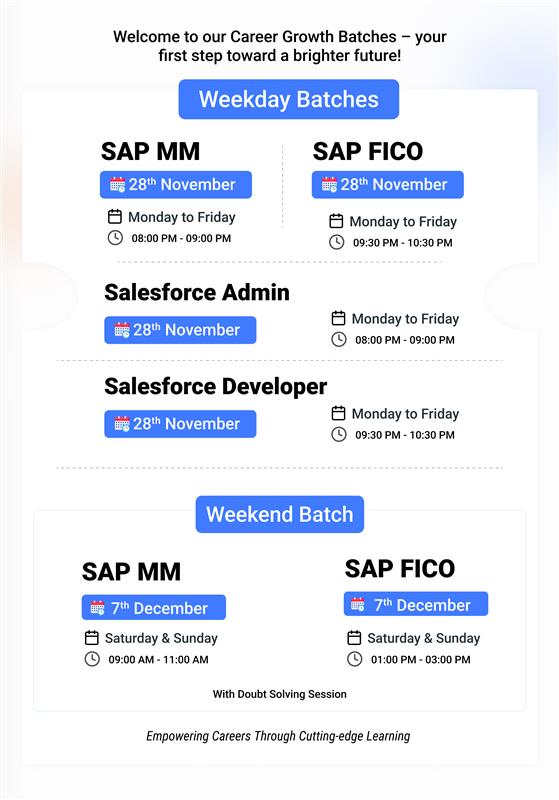APIs with Python
Building High-Performance APIs with Python: A Comprehensive Guide
Introduction to API Development in Python
Python has become a leading choice for building fast, scalable, and secure APIs that power modern web and mobile applications. This guide explores best practices, tools, and techniques for developing production-grade APIs.
Key Considerations for High-Performance APIs
1. Efficient Data Processing
-
Optimized Libraries: Pandas, NumPy, Polars for fast data manipulation
-
Streaming Responses: Handling large datasets without memory overload
-
Serialization Formats: JSON vs. Protocol Buffers vs. MessagePack
2. Performance Optimization Strategies
| Technique | Benefit | Implementation |
|---|---|---|
| Caching | Reduces database calls | Redis, Memcached |
| Async I/O | Handles concurrent requests | FastAPI, aiohttp |
| Connection Pooling | Reuses DB connections | SQLAlchemy, asyncpg |
| Compression | Reduces payload size | GzipMiddleware |
3. Security Best Practices
-
Authentication: JWT, OAuth2, API keys
-
Encryption: HTTPS/TLS, data-at-rest encryption
-
Input Validation: Pydantic models, sanitization
-
Rate Limiting: Protection against DDoS attacks
4. Scalability Architecture
-
Horizontal Scaling: Containerization (Docker) + Orchestration (K8s)
-
Load Balancing: Nginx, Traefik
-
Database Scaling: Read replicas, sharding
-
Microservices: Decoupled components
Python API Frameworks Comparison
| Framework | Best For | Async Support | Performance |
|---|---|---|---|
| FastAPI | Modern APIs | ✅ | ⭐⭐⭐⭐⭐ |
| Django REST | Full-featured apps | ❌ | ⭐⭐⭐ |
| Flask | Lightweight APIs | ❌ | ⭐⭐⭐⭐ |
| aiohttp | WebSockets/Async | ✅ | ⭐⭐⭐⭐ |
API Development Workflow
1. Design Phase
-
RESTful vs GraphQL
-
OpenAPI/Swagger specification
-
Endpoint versioning strategies
2. Implementation
# FastAPI Example from fastapi import FastAPI from pydantic import BaseModel app = FastAPI() class Item(BaseModel): name: str price: float @app.post("/items/") async def create_item(item: Item): return {"item": item.dict()}
3. Testing Pyramid
-
Unit Tests (pytest)
-
Integration Tests (Postman)
-
Load Testing (Locust, k6)
-
Security Scanning (OWASP ZAP)
4. Deployment & Monitoring
-
CI/CD Pipelines: GitHub Actions, GitLab CI
-
Observability: Prometheus, Grafana
-
Logging: ELK Stack, Sentry
Advanced Optimization Techniques
1. Database Performance
-
ORM vs Raw SQL: SQLAlchemy vs asyncpg
-
Query Optimization: Indexing, eager loading
-
Connection Management: Pool size tuning
2. Network Efficiency
-
CDN Integration
-
Edge Caching
-
HTTP/2 Support
3. Python-Specific Tweaks
-
ASGI vs WSGI
-
Type Hinting Benefits
-
Compiled Extensions (Cython)
Real-World Case Studies
1. E-Commerce API
-
Handles 10K RPS during flash sales
-
Microservices architecture
-
Redis caching layer
2. Financial Data API
-
Low-latency requirements (<50ms)
-
JWT authentication
-
Rate limiting by IP
3. IoT Device API
-
MQTT + REST hybrid
-
Message queue buffering
-
Batch processing
Future Trends in API Development
-
AI-Powered APIs: Auto-generated endpoints
-
WebAssembly Integration: For compute-heavy ops
-
Serverless APIs: Cold start optimization
-
Real-Time APIs: WebSockets, SSE
Conclusion: Building Production-Ready APIs
To develop high-performance Python APIs:
✔ Choose the right framework for your use case
✔ Implement caching for frequent requests
✔ Secure all endpoints with multiple layers
✔ Design for scale from day one
✔ Monitor performance continuously
Ready to build your next API? Start with FastAPI for async needs or Flask for simpler projects, then scale as needed!



![Best SAP ABAP Online Training – 100% Job Oriented [Updated 2025] 5 SAP ABAP Online Training – 100% Job Oriented](https://gtracademy.org/wp-content/uploads/2025/11/GTR-ACADEMY-1-1-1-768x432.webp)







